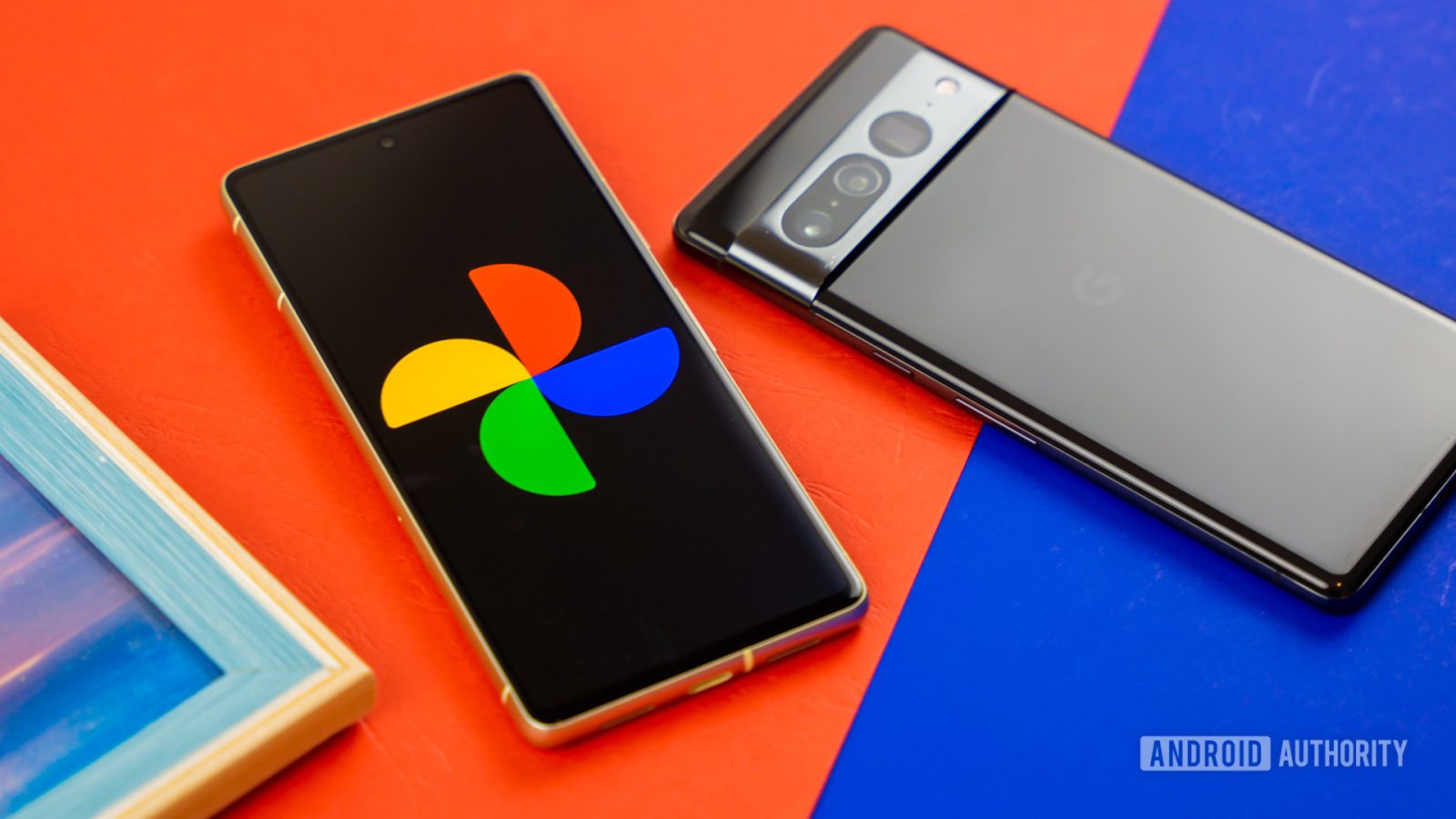
Contents
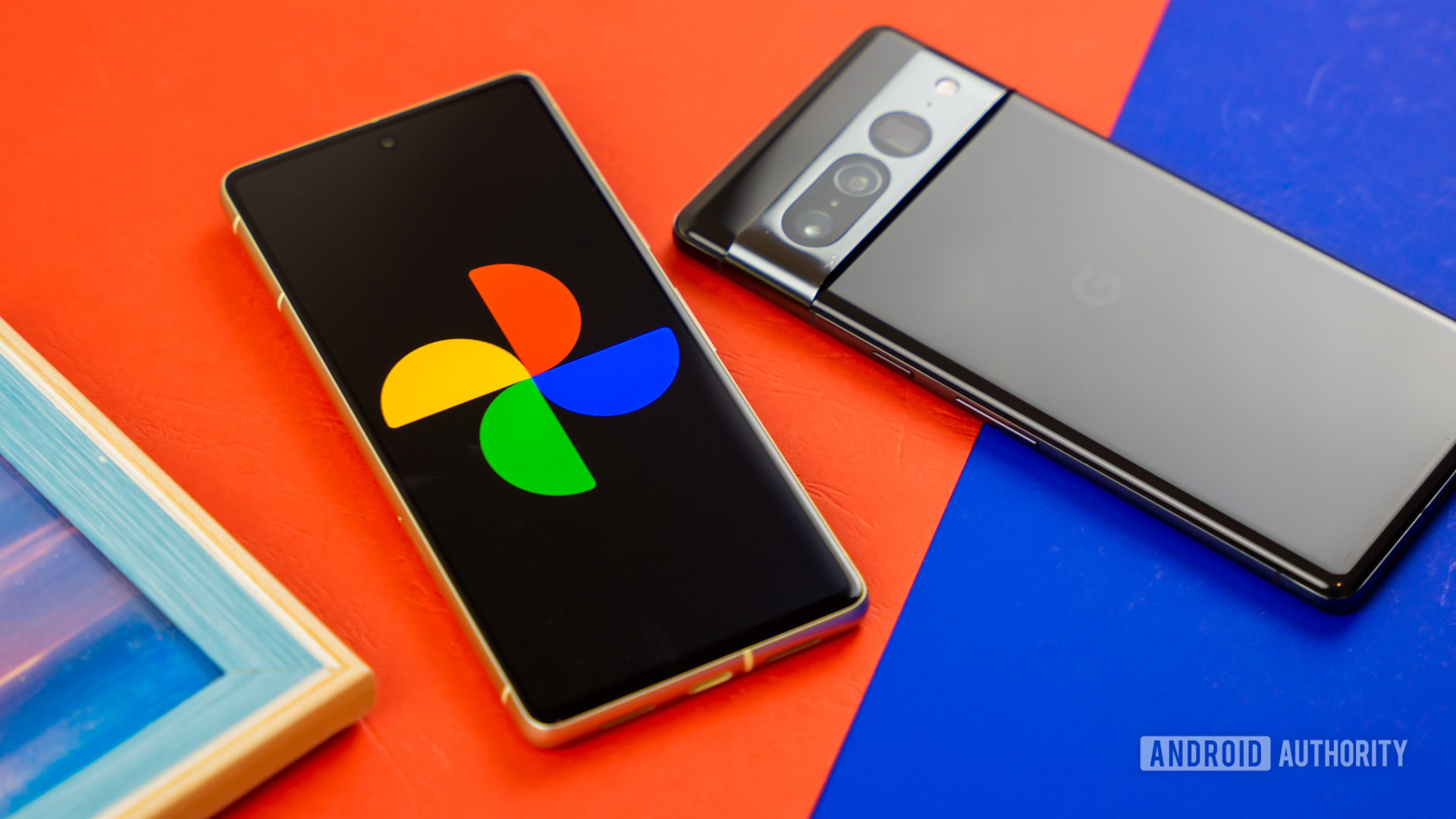
Edgar Cervantes / Android Authority
Do you remember when you first realized what a great app Google Photos is? My moment was a few years ago. I needed my driver’s license details, but didn’t have the card on me. I had a vague recollection that I might have taken a photo of it years earlier, but I wasn’t even sure if that was the case, much less where I could find it.
Until then, I’d mostly thought of Google Photos as just a chronological dump of snapshots. After a bit of tapping about, I hit the Collections tab and noticed the Documents folder. I opened it, and had the image I needed a few seconds later. As nerdy as it sounds, that moment was an eye-opener for me, and I’ve relied on the app’s features ever since.
Google Photos turns 10 years old today, so we’ll mark the milestone with a quick look at its successes, setbacks, and how it went from newcomer to default photo app for almost every Android phone.
After 10 years of Google Photos, what’s your verdict?
25 votes
A fresh take on photo storage
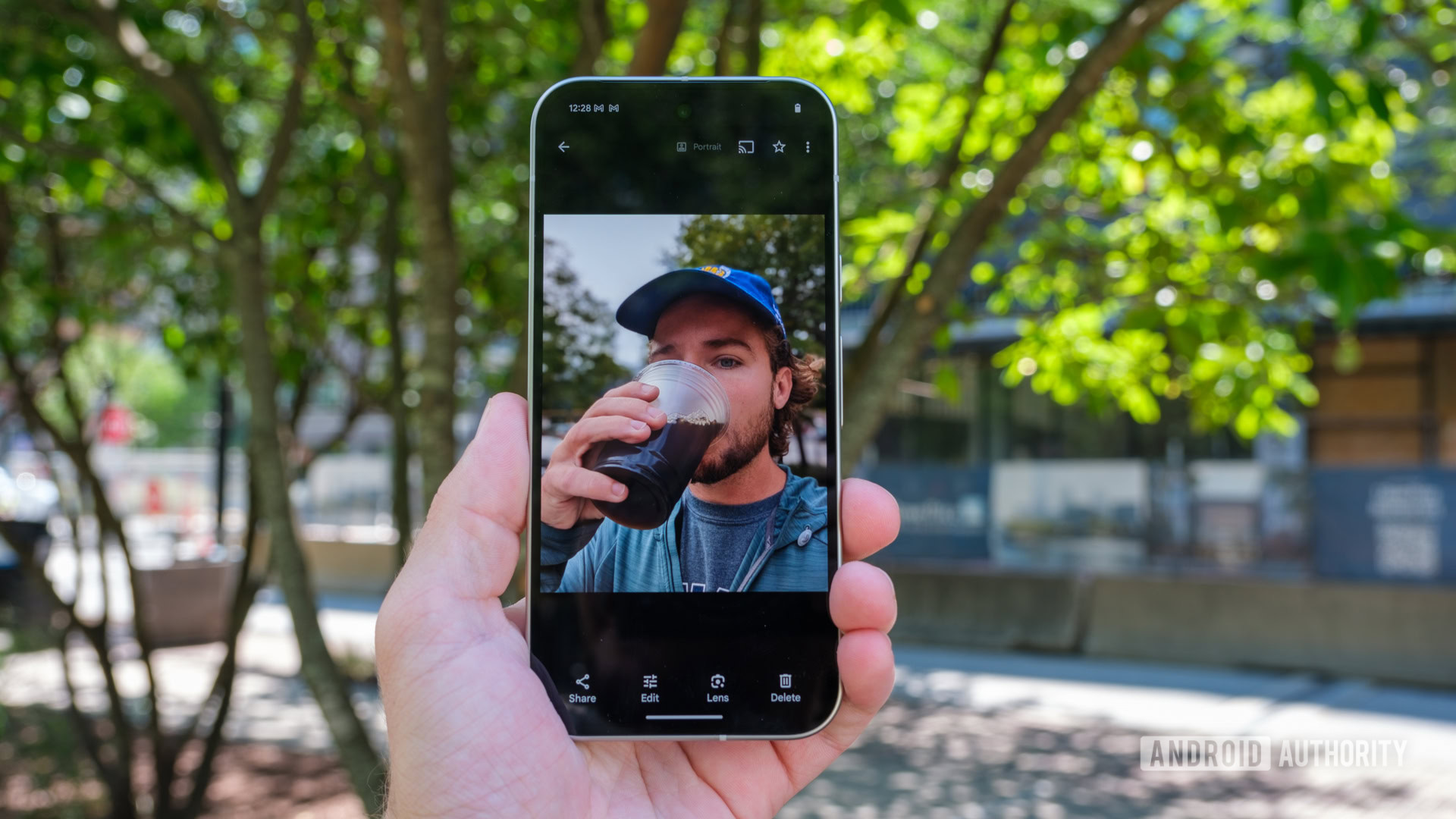
Ryan Haines / Android Authority
When Google Photos launched at I/O 2015, it felt like someone had finally figured out how people actually wanted to manage their photos. Most of us were juggling a mix of gallery apps, cloud backups that we sometimes forgot to turn on, and SD cards that we then misplaced in a drawer somewhere.
Google’s pitch was simple but a winner: unlimited free storage, automatic backups, and a smart, searchable interface that worked across Android, iOS, and the web. The app was fast, clean, and refreshingly free of bloat.
The storage was the instant hook for many, but Google Photos also sorted your shots into categories. Screenshots, videos, and the like were grouped into albums, and the app even created things like animations, collages, and stylized photos automatically. It felt like a gallery app that actually helped you enjoy your photos, not just hoard them.
Smartening up
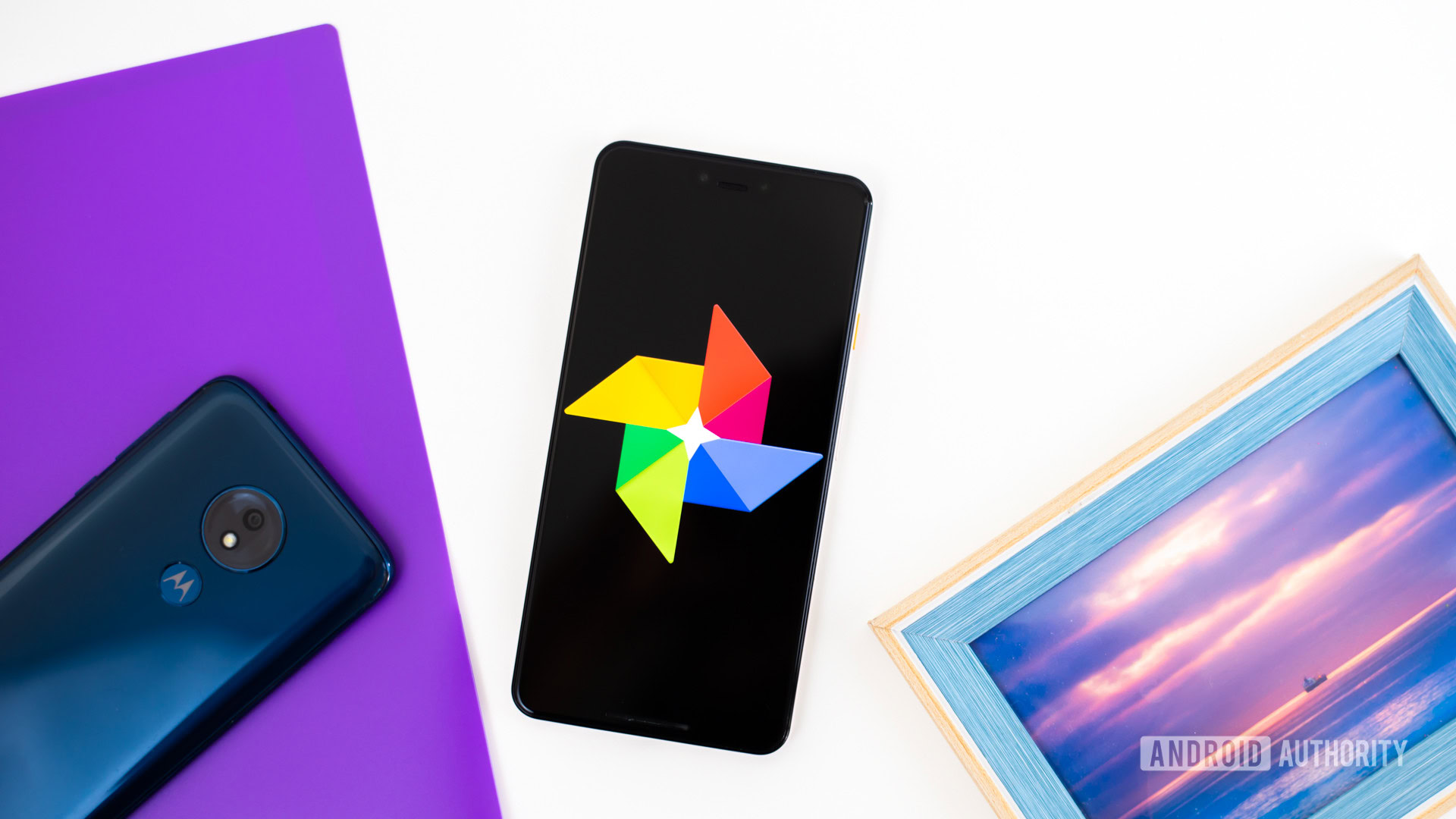
Edgar Cervantes / Android Authority
If 2015 was about solving the basics, the next couple of years were about showing off. Google Photos leaned hard into machine learning, adding genuinely impressive features that made other gallery apps feel outdated almost overnight.
You could search for “dog,” “beach,” or “birthday” and instantly see relevant photos, even if they weren’t tagged. It also recognized faces, letting you group photos by person even if their name was never mentioned. That sounds routine now, but it felt like magic back then.
Around the same time, Google added shared albums to which multiple people could contribute. This was as obvious as it was game-changing for me. I would often go on short breaks with friends, and after, you’d all just dump your photos into the group WhatsApp chat. I’m reasonably sure most of those snaps were lost in subsequent phone switches.
Refining the formula
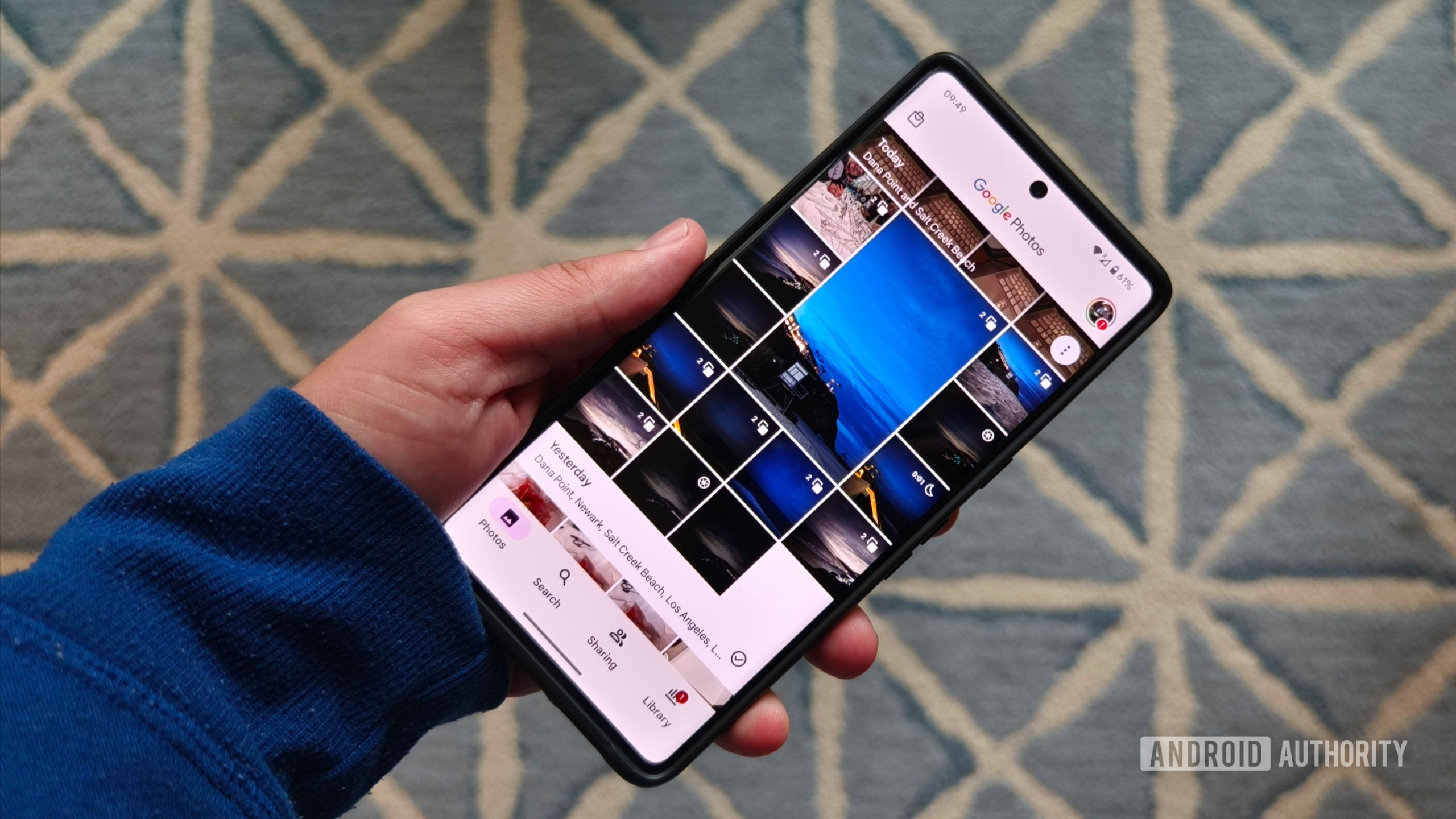
Hadlee Simons / Android Authority
By the late 2010s, Google Photos had hit its stride. The app became even more polished, with a slicker interface and smoother device syncing. Google even added the option to order printed photo books, which were softcover or hardcover albums you could design in-app and have delivered to your door.
Some UI tweaks raised eyebrows as tabs and settings seemed to shift around every few months, but the core experience stayed strong.
I was looking at pictures that I might not have ever looked up again.
You might also remember getting Memories in 2019. I distinctly recall being annoyed that yet another app on my phone was sending me unsolicited notifications, and I must have swiped them away for months. Then I clicked on one at some point, and I loved it. I was looking at pictures from years earlier that I might not have ever looked up again if it weren’t for the happy little curation.
Some signs of change began to creep in around the turn of the decade. Auto-sync for folders like WhatsApp or Downloads became opt-in instead of automatic. Storage management tips and Google One prompts started showing up more frequently. It still felt like the best photo app, but you could tell the free ride might not last.
Google giveth and Google taketh away
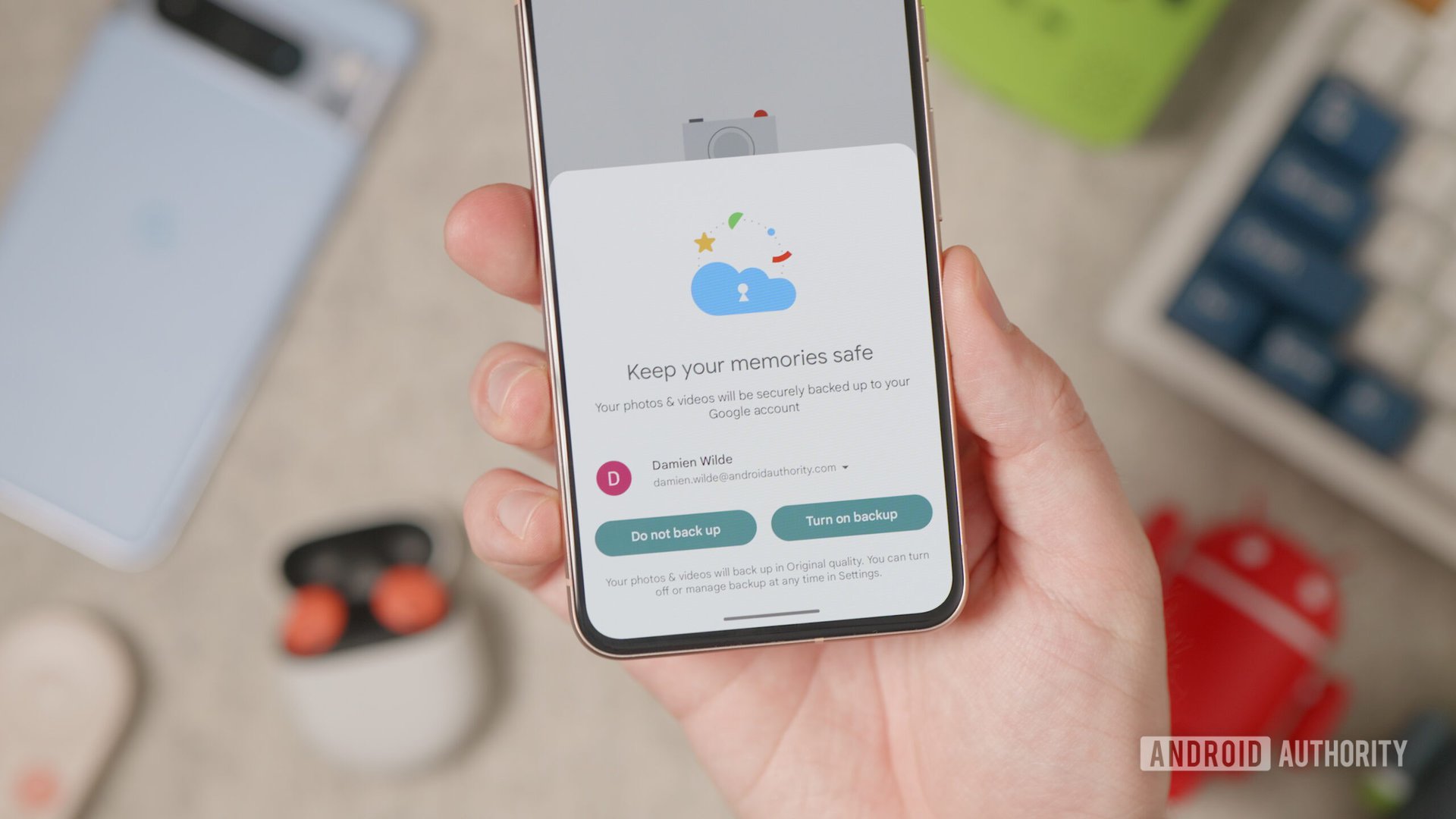
Damien Wilde / Android Authority
Like all good money-spinner apps, Google Photos reeled us in, then the other shoe came flying out of the sky.
June 2021 marked the end of one of Google Photos’ most beloved features: unlimited free storage for “high quality” uploads. These were the lightly compressed photos and videos that didn’t count against your storage quota. From that point on, everything you uploaded started eating into your free 15GB limit, unless you paid for a Google One plan. It felt a bit like a bait-and-switch, but only because we’d gotten used to the generous free tier.
There were other subtle signs that the free ride was winding down. Folder backups for things like WhatsApp or Screenshots, which used to happen automatically, now needed to be manually toggled on. And one particularly handy feature disappeared altogether: the ability to guess a photo’s location using your Maps Timeline data. The feature was likely dropped for privacy reasons, but for those of us who were happy for Google to track our lives in the spirit of convenience, it was a shame to see it go.
New tools, such as improved editing features, more AI suggestions, and slicker Memories, were still being added, but many of the best ones were increasingly locked behind the Google One paywall. The app was still a mainstay for most of us, but the sheen was coming off.
The new normal

Joe Maring / Android Authority
Google Photos doesn’t make headlines as often these days, but it’s still quietly running the show. It comes preinstalled on pretty much every Android phone — even ones that also include their own gallery apps — and for most users, it’s still the easiest and smartest way to manage photos.
There have been a few notable updates lately, like a Quick Edit feature for sharing-ready touchups and the ability to convert standard photos to Ultra HDR for brighter screens. While these additions are technically impressive, other apps have long since caught up in most respects, so Google Photos doesn’t quite have the same charm.
That said, Memories remain a highlight for me — a rare example of a push notification that I actually enjoy getting. Google Photos is still remarkably good at surfacing the photos I care about when I want them. Whether the next 10 years bring more magic or monetization remains to be seen.
What’s your reaction?
Love0
Sad0
Happy0
Sleepy0
Angry0
Dead0
Wink0
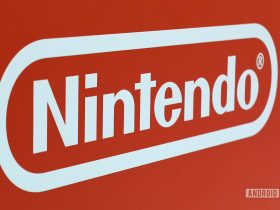
![ai-made-movies-are-yours-with-gemini-ultra-[video]](https://betadroid.in/wp-content/uploads/2025/05/23233-ai-made-movies-are-yours-with-gemini-ultra-video-280x210.jpg)


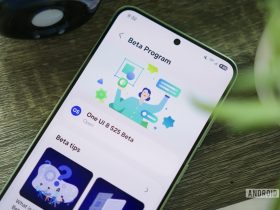
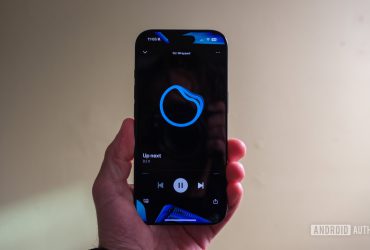
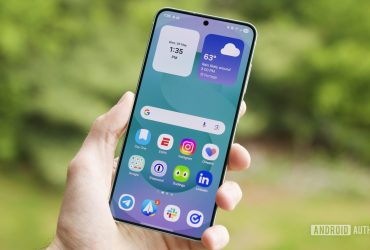
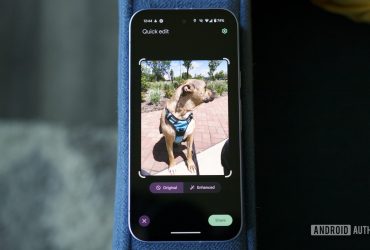

Leave a Reply
View Comments